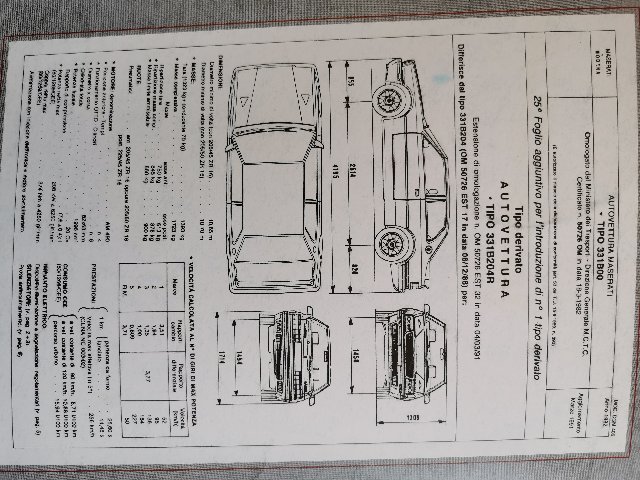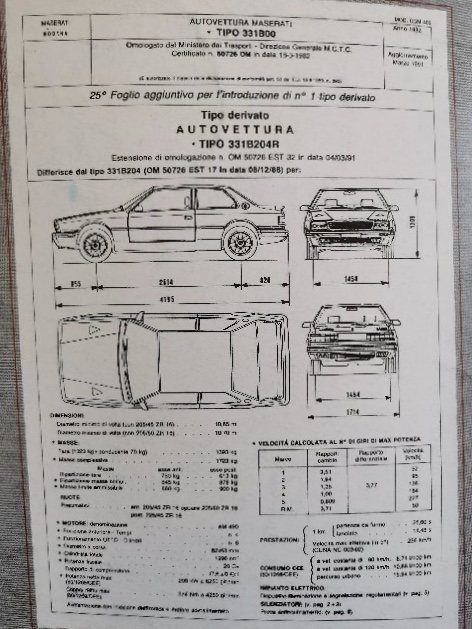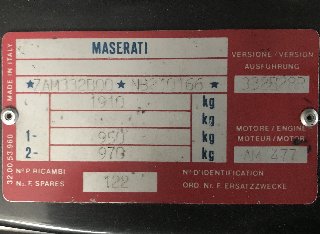https://www.enginebuildermag.com/2005/1 ... t-engines/
Steel alloys with a martensitic grain structure typically have a high hardness at room temperature (35 to 55 Rockwell C) after tempering, which improves strength and wear resistance. These characteristics make this type of steel a good choice for applications such as engine valves.
....
Exhaust valves may be made from a martensitic steel with chrome and silicon alloys, or a two-piece valve with a stainless steel head and martensitic steel stem. On applications that have higher heat requirements, a stainless martensitic alloy may be used. Stainless steel alloys, as a rule, contain 10 percent or more chromium.
The most popular materials for exhaust valves, however, are austenitic stainless steel alloys such as 21-2N and 21-4N. Austenite forms when steel is heated above a certain temperature which varies depending on the alloy. For many steels, the austenitizing temperature ranges from 1600° to 1675° F, which is about the temperature where hot steel goes from red to nearly white).
....
Though austenitic stainless steel can handle high temperatures very well, the steel is softer than martensitic steel at lower temperatures and cannot be hardened by heat treating. To improve wear, a hardened wafer tip may be welded to the tip of the valve stem. Or, on some applications an austenitic stainless valve head may be welded to a martensitic stem to create a two-piece valve that has a long wearing stem and heat resistant head. The only disadvantage with a two-piece valve is that it doesn’t cool as well as a one-piece valve. The junction where the two different steels are welded together forms a barrier that slows heat transfer up the stem.
SAE classifies valve alloys with a code system: “NV” is the prefix code for a low-alloy intake valve, “HNV” is a high alloy intake valve material, “EV” is an austenitic exhaust valve alloy, and “HEV” is a high-strength exhaust valve alloy.
Moi j'ai souvent vu les refs EV sur du matos de serie.
Materials that may be used for performance valve applications include carbon steel alloys, stainless steels, high-strength nickel-chromium-iron alloys and titanium. The alloys that are most commonly used for performance engines include various high chromium stainless alloys for intake valves, and 21-4N (EV8) for exhaust valves.
Inconel® refers to a family of trademarked high-strength austenitic nickel-chromium-iron alloys (a “superalloy” material) that is sometimes used for exhaust valves because of its superior high temperature strength. Inconel is a nickel base alloy that is sometimes thought of as a super-stainless steel, with 15 to 16 percent chromium and 2.4 to 3.0 percent titanium. Inconel 751 is classified as an HEV3 alloy by SAE. This alloy has been used for the exhaust valves in some late model GM medium duty truck engines (to prevent premature valve erosion), but is not commonly used in performance exhaust valves. For most performance applications, the exhaust valve material of choice is 21-4N – or titanium.



